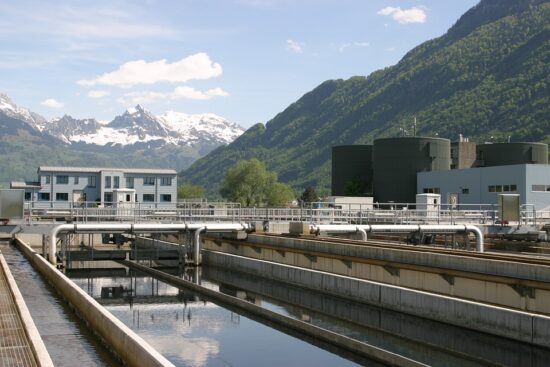Antibiotic concentrations and antibiotic resistance in aquatic environments of the WHO Western Pacific and South-East Asia regions: a systematic review and probabilistic environmental hazard assessment
Antibiotic resistance poses human health risks, and there are concerns about the effect of environmental antibiotic residues in the selection and spread of antibiotic resistance. The aim of this study was to identify antibiotic residue levels that are likely to select for resistance and relative contributions from different aquatic sources, of various aquatic environmental compartments of the WHO Western Pacific region (WPR) and the WHO South-East Asia region (SEAR), including in China and India.
The concentrations of antibiotic residues found in wastewater and wastewater treatment plants of the WPR and SEAR make them potential hotspots for the development of antibiotic resistance, which creates human health risks from environmental exposure via drinking water. These findings can help decision makers to target risk reduction measures against environmental residues of priority antibiotics in high-risk sites, and help to focus research efforts in these world regions.
AMR NEWS
Your Biweekly Source for Global AMR Insights!
Stay informed with the essential newsletter that brings together all the latest One Health news on antimicrobial resistance. Delivered straight to your inbox every two weeks, AMR NEWS provides a curated selection of international insights, key publications, and the latest updates in the fight against AMR.
Don’t miss out on staying ahead in the global AMR movement—subscribe now!





